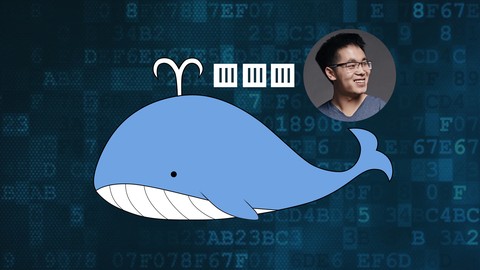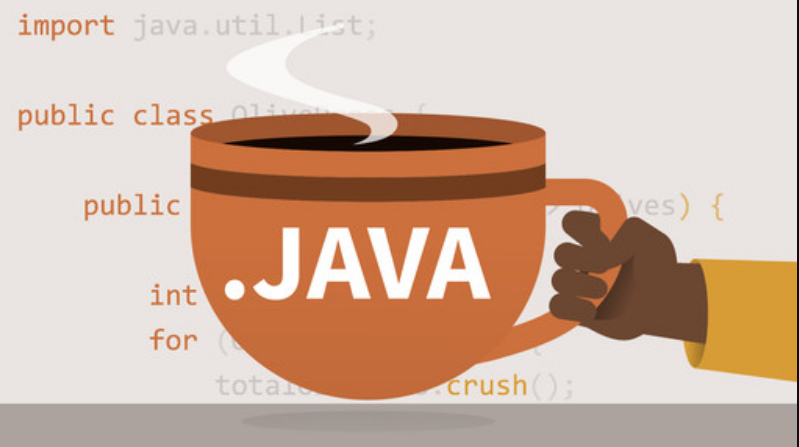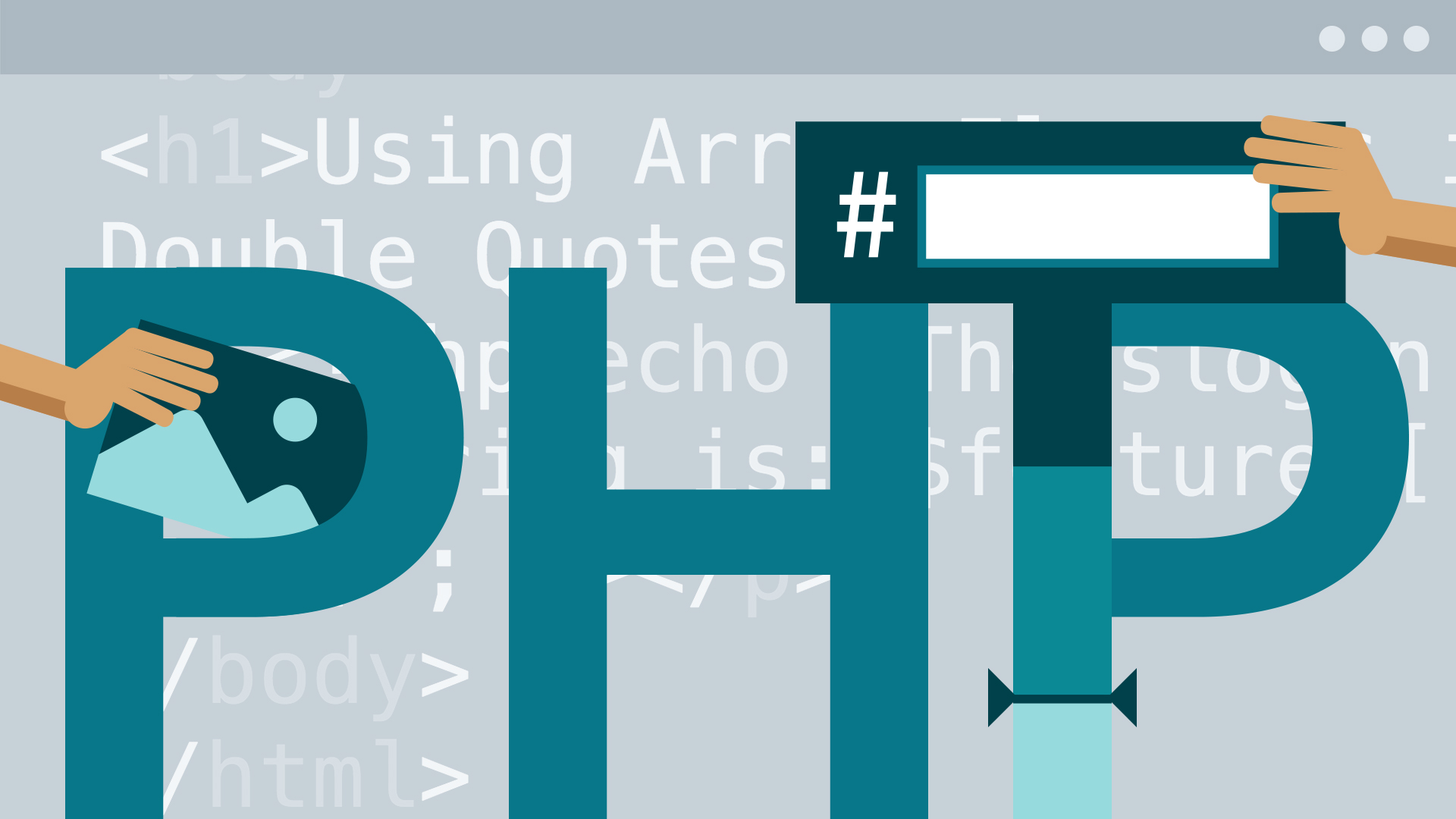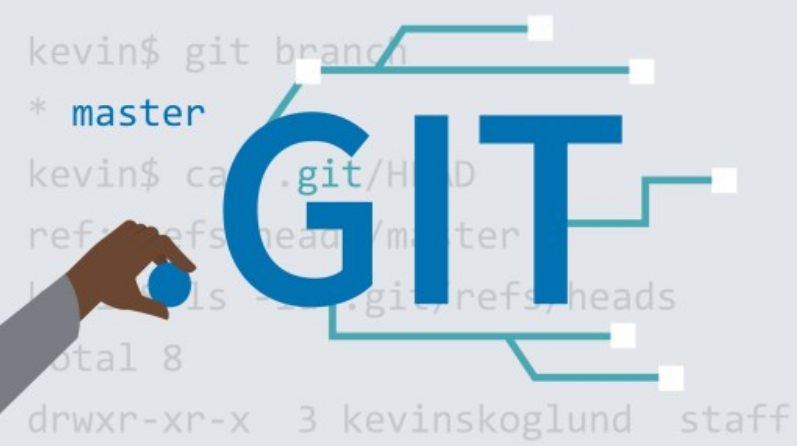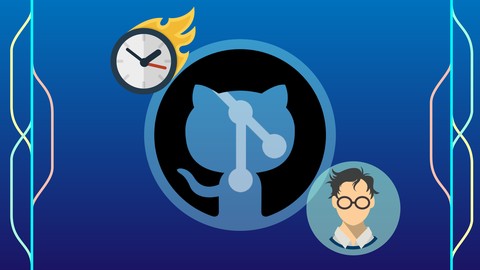
SMALS STANDARDS
The first book help you to create your first jboss application with the Smals tooling on Openshift. This application use the IAM Smals libs (Common Build for JBOSS EAP6, warlock for JBOSS EAP 7).
The second book help you to create your first Spring boot application on Openshift. This second book is more generic (no dependency to the Smals tooling or to the Smals bases images).
These
e-learning contents are a complement to the OpenShift@Smals classroom course
given by Pierre Herremans and for which registration is possible via the eHR
catalogue. Do
not hesitate to contact Pierre for any question.
- My first application- Smals tooling Book
- My first application G-cloud bootcamp Book
- Manual deployment on Openshift Page
- Add datasource Page
- Deploy integration with secret Page
- Add a web service call Page
- Readiness probe Page
- Command line Page
- Moose Page
- Delete your project Page
- PAAS Best practices Book
- Teacher: Sebastian Colomar
- Teacher: Pierre Herremans
- Teacher: Philippe Monnaie

